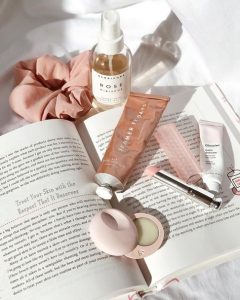
Top Skincare Ingredients 2023
Get ready to put your best face forward in 2023 with the hottest skincare ingredients on the market! These ingredients are scientifically proven to give your skin the TLC (tender loving care) it needs to look and feel its best. From unconventional magic mushrooms to popular ingredients such as niacinamide and ceramides, these top ingredients will have your skin glowing like the star it is. Whether you’re looking to reduce wrinkles, brighten your complexion or nourish your skin, these ingredients will have you covered. So, ditch that old jar of cream and upgrade your skincare routine with the must-have ingredients of 2023. Your skin will thank you for it! Read on to find out more.







